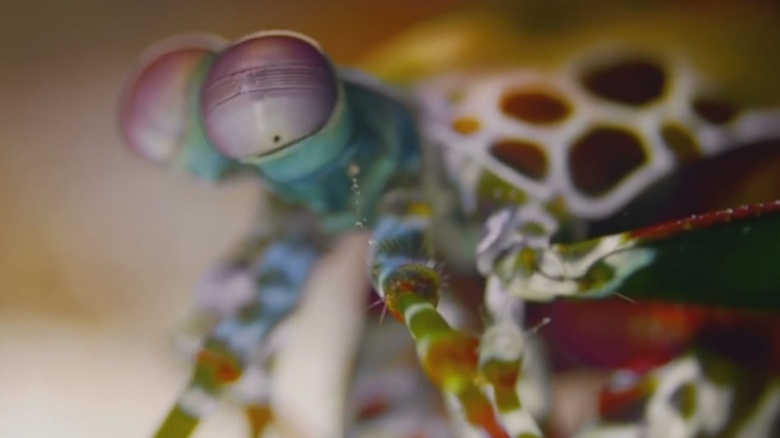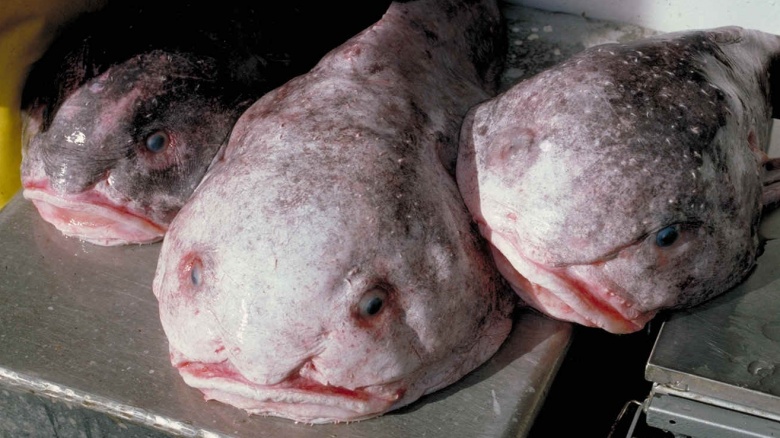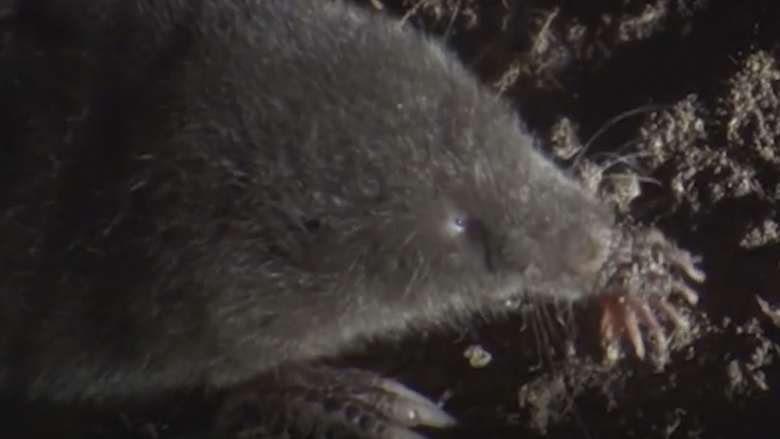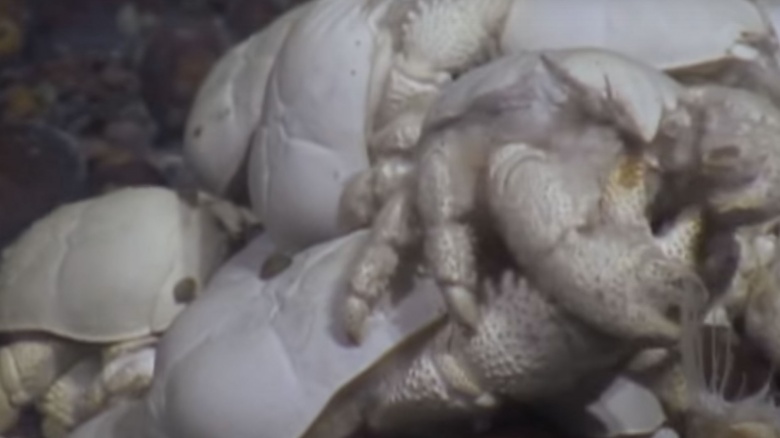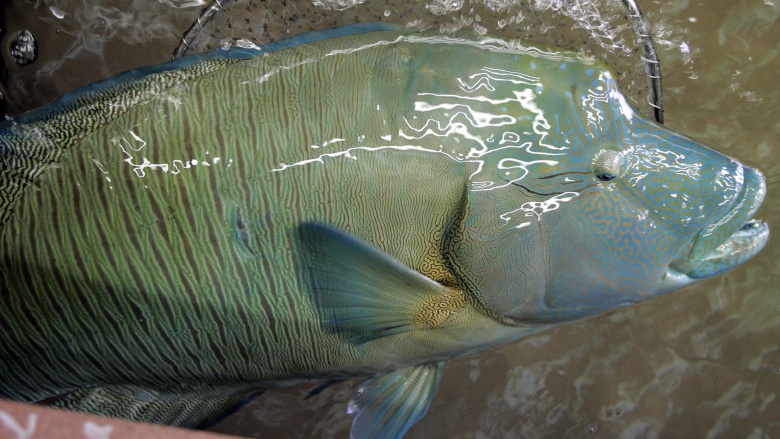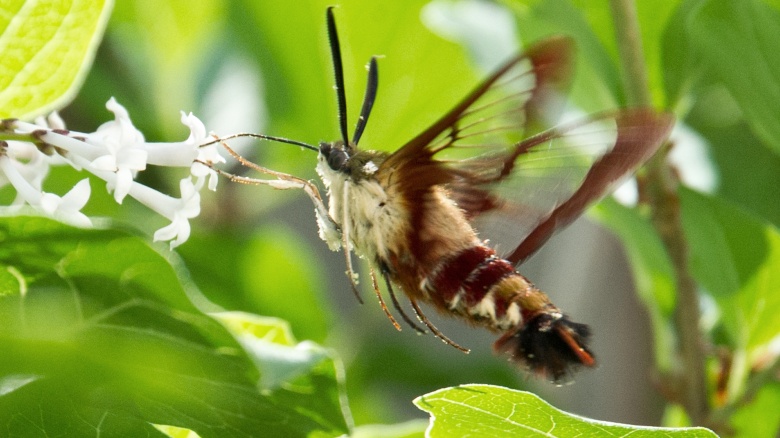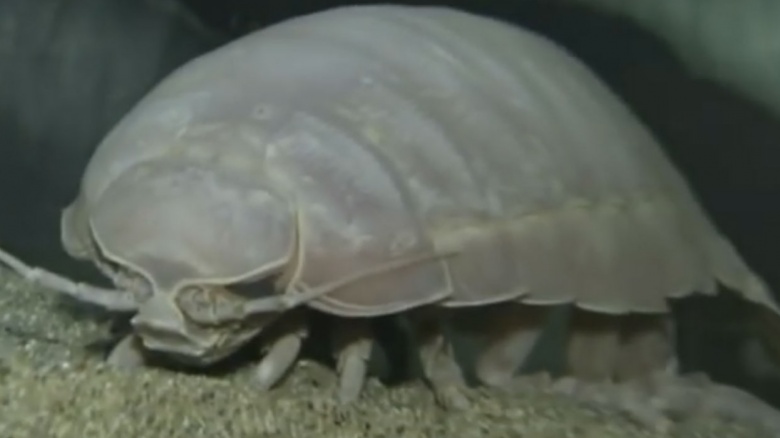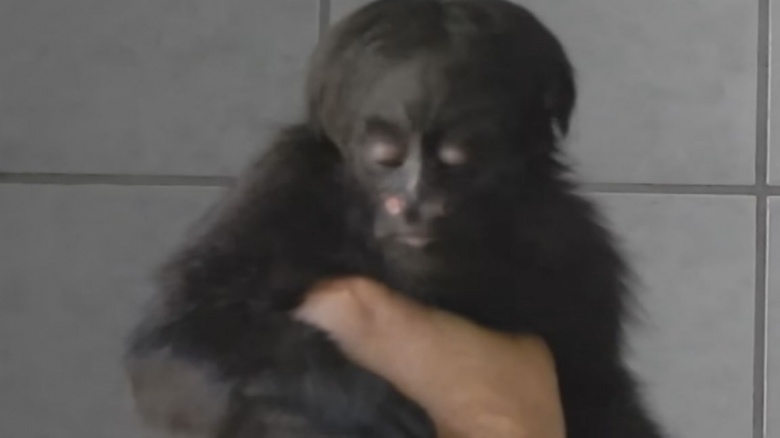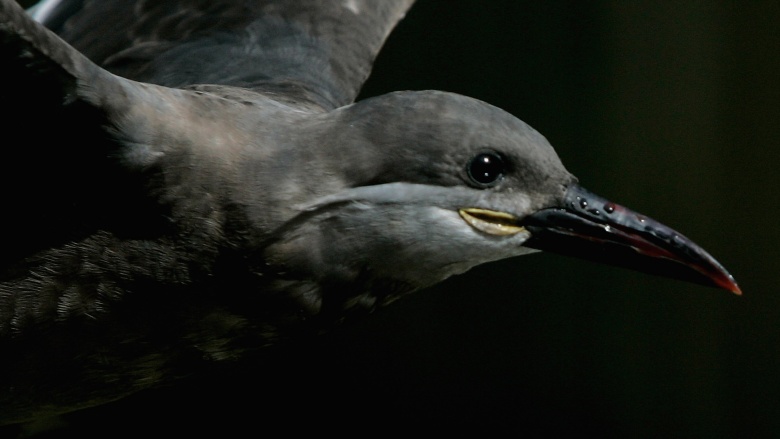Unique Creatures You Never Knew Existed
It's a big, wide world out there, and it's full of bizarre creatures that will have you wondering whether or not Pokemon really exist. Sure, you might have seen your fair share of exotic critters at your local zoo or maybe even at a few museums, but you've probably never seen some of the animals we've listed here. Get ready to have your zoological horizons expanded as we take a look at some of the strangest offerings of fauna on this planet.
Mantis shrimp
The mantis shrimp, otherwise known as a stomatopod (say that five times fast), is a type of crustacean that mostly lives in tropical and subtropical marine habitats. These little guys are known to be incredible predators thanks to their powerful claws, capable of delivering powerful blows at such great speeds that they'd give Rocky Balboa a run for his money. They live in shallow water, mostly hidden in rocks, so you've got to watch your footing if you don't want any split toes.
Blobfish
The Blobfish has the honor of once being called the "World's Ugliest Animal" in 2013. With a name like "blobfish," you wouldn't expect this deep-sea dweller from the waters of Australia and New Zealand to really look like a young Brando. Not to disparage the blobfish any more than it has been, but it kind of looks like a painting of Ziggy that melted in the rain. Even though it's considered one of the ugliest animals on Earth, the blobfish has enjoyed a bit of popularity thanks to the power of the Internet (and maybe some slight schadenfreude).
Dugong
We've mentioned Pokemon before, but did you know that dugongs (called "Dewgongs" in the games), are actual creatures? While they won't help you win any gym badges or fill out your Pokedex, dugongs are the only herbivorous marine mammals other than manatees, to which they're closely related. In fact, popular nicknames for them are "sea cow," "lady of the sea," and "sea camel." It looks like the manatee is going to have to wrestle its dugong cousin for the sea cow nickname.
Star-nosed mole
Look at that thing. It's the star-nosed mole, and while it isn't exactly the stuff of nightmares, it's sporting a face that wouldn't be comforting to see in a dark alley. Around its snout are fleshy appendages that act as a touch organ with over 25,000 sensory receptors. Their noses are so sensitive that they can even detect seismic activity. Imagine being one of these things and feeling just about everything you can with your face.
Yeti crab/Kiwa hirsuta
Meet the Kiwa hirsuta, a creature also known as the yeti crab or the yeti lobster. As you might have guessed, its nickname is derived from the look of its pale, "hairy" claws. What looks like fur is actually called setae, which are hair-like structures. The Kiwa hirsuta is believed to be a carnivorous animal, but it might actually feed on bacteria.
Napoleon Wrasse
The Napoleon Wrasse is known by many names, but is more commonly known as the humphead wrasse. This noble fish is found in the coral reefs of the Pacific and can grow to lengths of up to two meters when measured from end to end. The humpheads (appropriately named, judging by the photo), are an endangered fish and have a very slow breeding rate, though some can live up to 50 years.
Hummingbird hawk-moth
Is it a hummingbird? Is it a moth? Is it both? No, the hummingbird hawk-moth is definitely a moth, though it does resemble a hummingbird thanks to its long proboscis and its tendency to hover. They feed on the nectar of flowers and usually prefer plants that are long and narrow, so they that they can use their proboscis without fear of competition. And, as an interesting aside, these guys have the ability to learn colors.
Giant isopod
Behold the giant isopod, one of nature's finest examples of deep-sea gigantism. The largest of these things can grow to be about 30 inches long and weigh four pounds, which is kind of horrifying since they resemble woodlice. If you ever come across one and flip one over, just know that you'll be staring into the face of a nightmare factory.
Black-bearded saki
The black-bearded saki is a monkey that can be found in Brazil, deep in the Amazon. At first glance, it looks like a normal monkey that fell into a vat of glue and then ran through a costume shop that specializes in Beatles wigs. Here's hoping they can see past their mops when traversing trees. Maybe this hairstyle is just a phase they're going through.
Inca tern
We consider the Inca tern to be the most gentlemanly of all birds and the unofficial winners of Movember every year. As you can see, this seabird from Peru and Chile has a distinct feature in the form of a white mustache. This particular plumage gives the Inca tern a very dashing look and makes it one of the coolest animals around.

